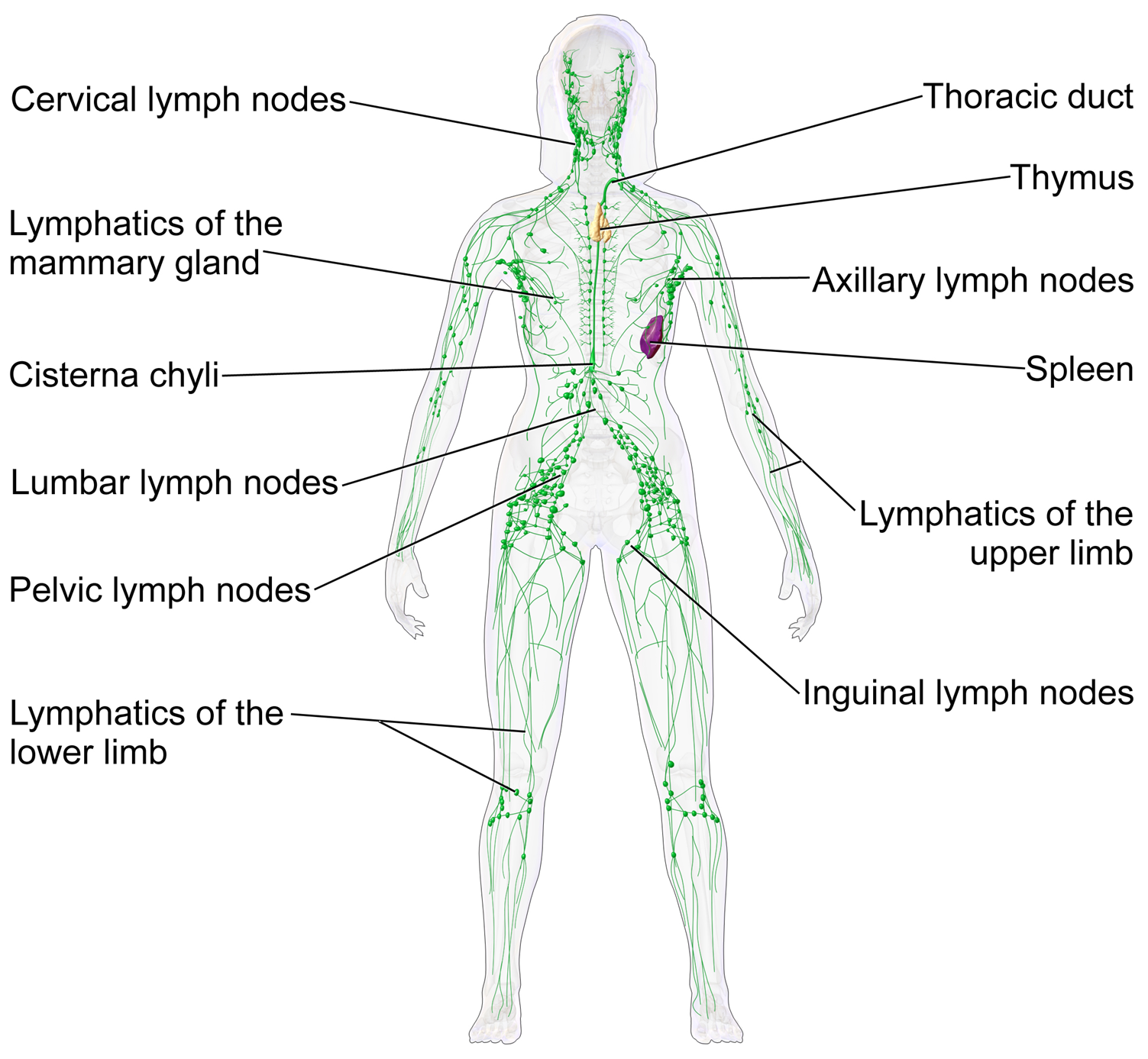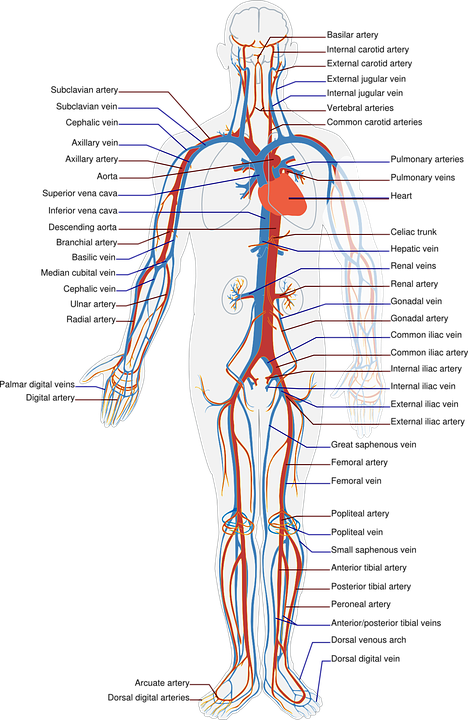Vascular anomalies
Introduction to the vascular system
The vascular system is in charge of the distribution of nutrients, oxygen, ions and anything that requires transport and, equally as important, it carries waste products from the cells (tissues) for removal. This complex system is made up of vessels that carry blood and lymph around the body.
The circulatory system normally refers to the system that carries the blood throughout the body, while the lymphatic system carries the lymph.
The lymph is a transparent fluid that is used to remove dead cells and a big percentage of the waste produced by active cells. The lymphatic system protects the body and is very closely related to the immune system. It also plays a very important role in the maintenance of the fluid environment in the body and pressures, that is why it also carries large amounts of water.

The circulatory system is formed by 3 different types of vessels: arteries, veins and capillaries.
- Arteries: transport oxygenated blood from the heart and distribute it across the body. We can find many types of arteries depending on their localization and very different sizes. Arteries near the heart tend to be bigger (carry more blood) than arteries inside the brain or in our fingertips.
- Veins: transport deoxygenated blood from the tissues to the heart where it will be oxygenated in the pulmonary circulation system, and the cycle starts again.
- Capillaries: are the vessels that connect arteries and veins and where the exchange between blood and cells occurs. i.e.: capillaries carry oxygen and reach the cells in a specific tissue, these cells will obtain oxygen and give CO2 (carbon dioxide) to the bloodstream.

Arteries and veins are composed of three different layers, the structure of the vessels is particularly important in arteries because they transport blood at a high pressure (especially at the far points of the heart) and their walls need to be able to adapt to the conditions (vasoconstriction and vasodilation). Sometimes the light inside the vessel has to be bigger because of excessive pressure or insufficient blood flow, but when pressure is very low (hypotension) arteries need to contract to increase the pressure of the blood flowing through them.